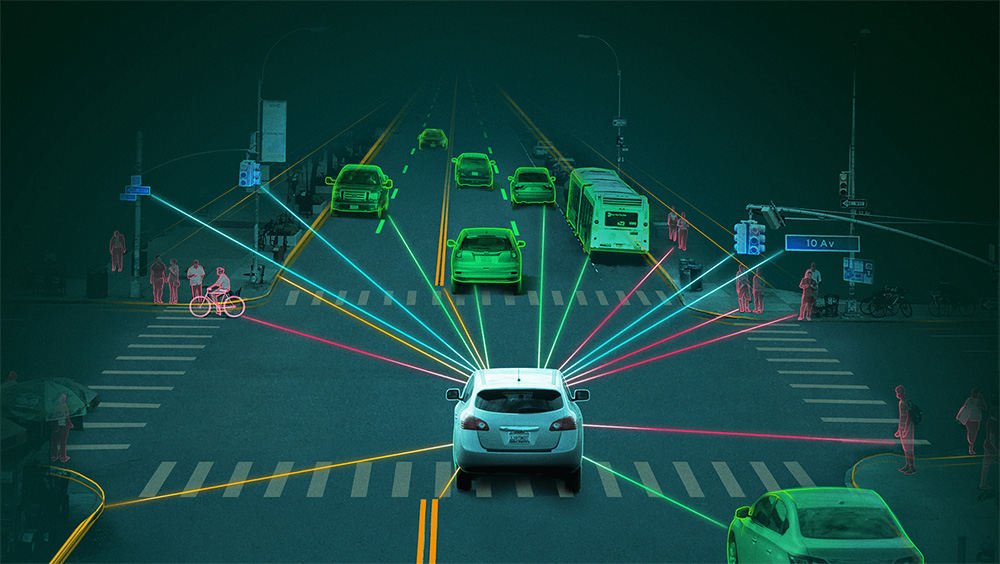ADAS
Advanced Driver Assistance Systems (ADAS) are digital electronic systems intended to aid drivers and improve road safety. ADAS are systems that control the vehicles by using peripheral sensors such as vision, radar and laser to enhance driving comfort and traffic safety assisting the driver recognize and react to possible hazardous traffic circumstances. ADAS is designed to avoid accidents by alerting the driver about possible road obstacles or collisions through the implementation of safeguards and ultimately potentially taking control over the vehicle. Adaptive features may automate lighting control, provide adaptive cruise control, automate braking, incorporate GPS/traffic warnings, keep the driver in the correct road lane, and show objects in a vehicle’s blind spots. ADAS is the essential step between initial DA (Driver Assistance) systems and fully autonomous cars that can drive without human intervention.
Popular ADAS functions include:
- Multi-camera 360 degrees surround-view Rear-view camera parking assistance
- Lane Departure Warning (LDW) – based on line detection algorithms, the driver is informed about unintentional road lane departures
- Pedestrian Detection (PD) – based on object detection algorithms, configurations allow for detection of pedestrians in a front of a vehicle
- Forward Collision Warning (FCW) – based on object detection algorithms, configurations allow for detection of multiple vehicles in the immediate front driving path
- Traffic Sign Recognition (TSR) – based on object detection and classification algorithms to detect and recognize traffic signs from the vehicle environment
- Emergency Braking Control – based on LIDAR sensor measurements to avoid possible collisions with obstacles
- Blind Spot Detection (BSD) - uses ultrasonic or radar sensors on the side and rear of the car to detect objects hiding in a driver’s blind spot
- Driver Drowsiness Detection – face monitoring of the driver along with tracking cameras to detect signs of driver drowsiness

